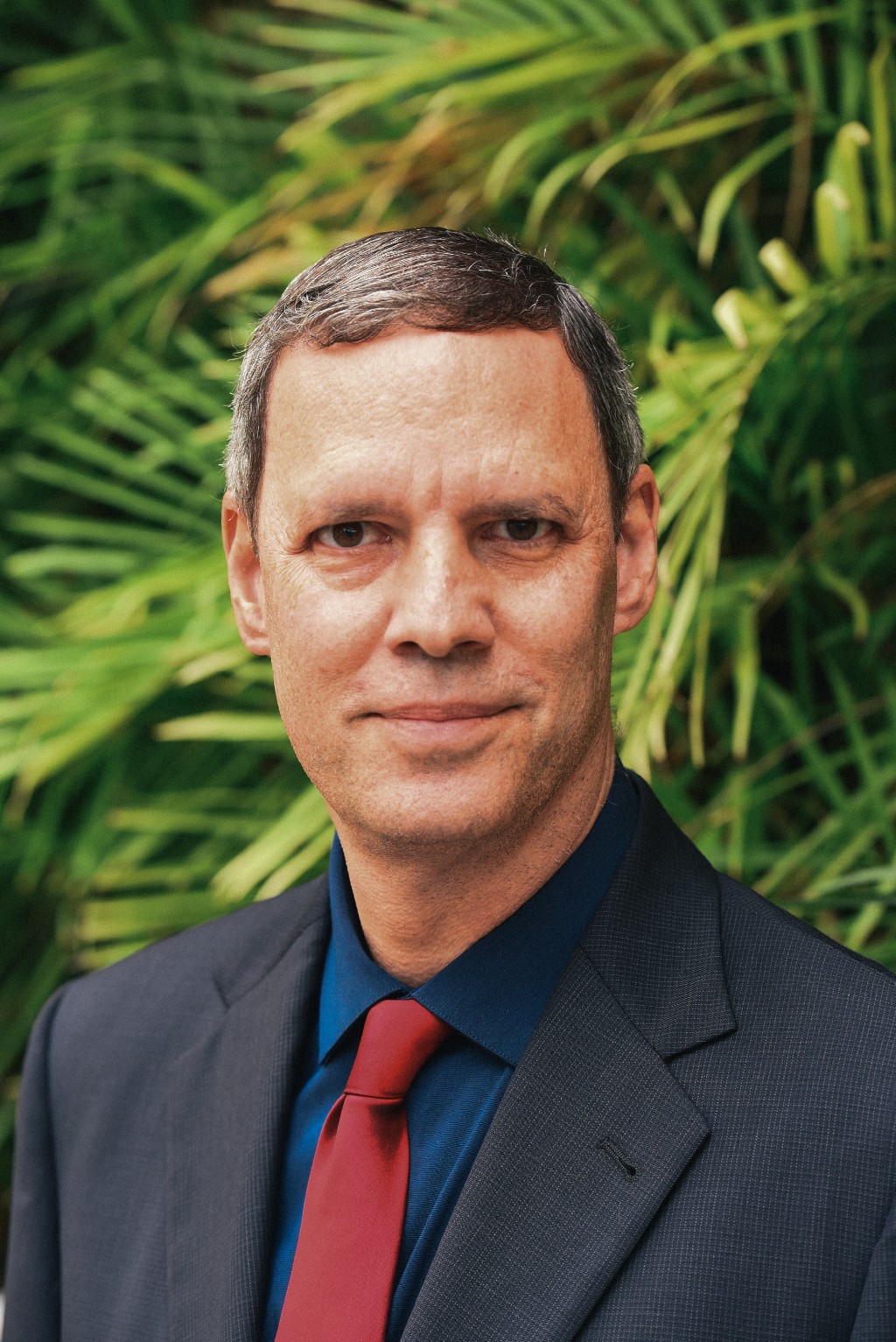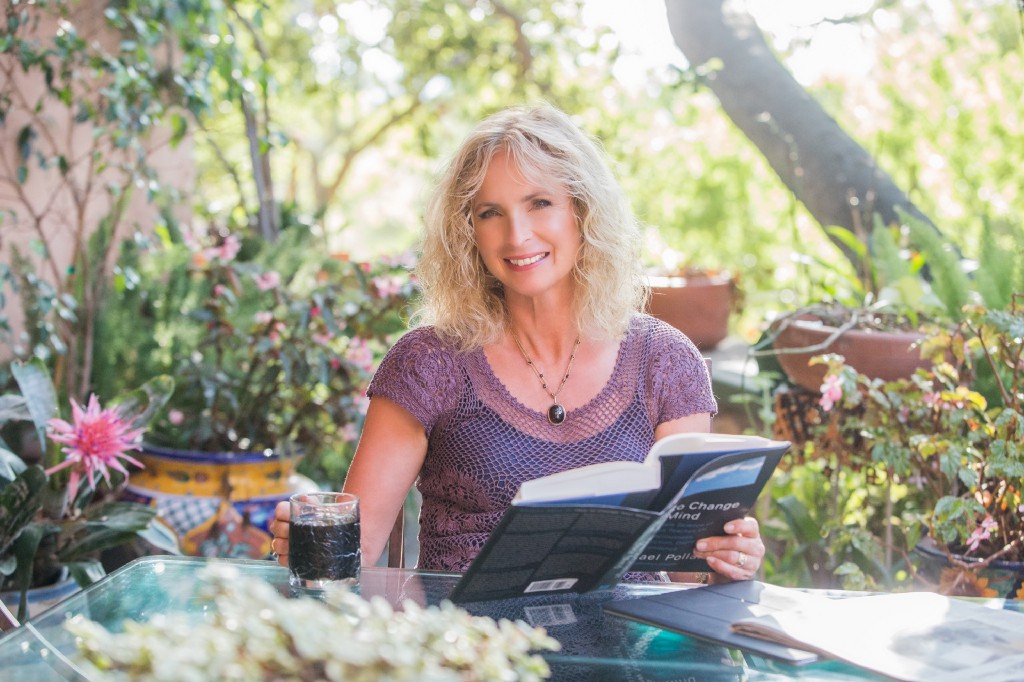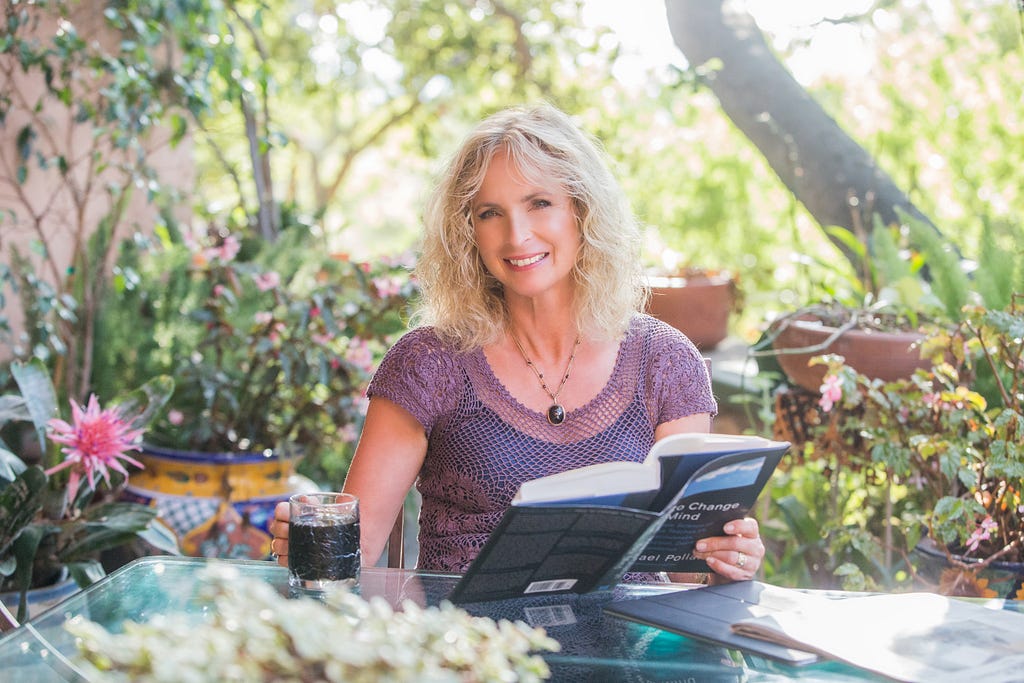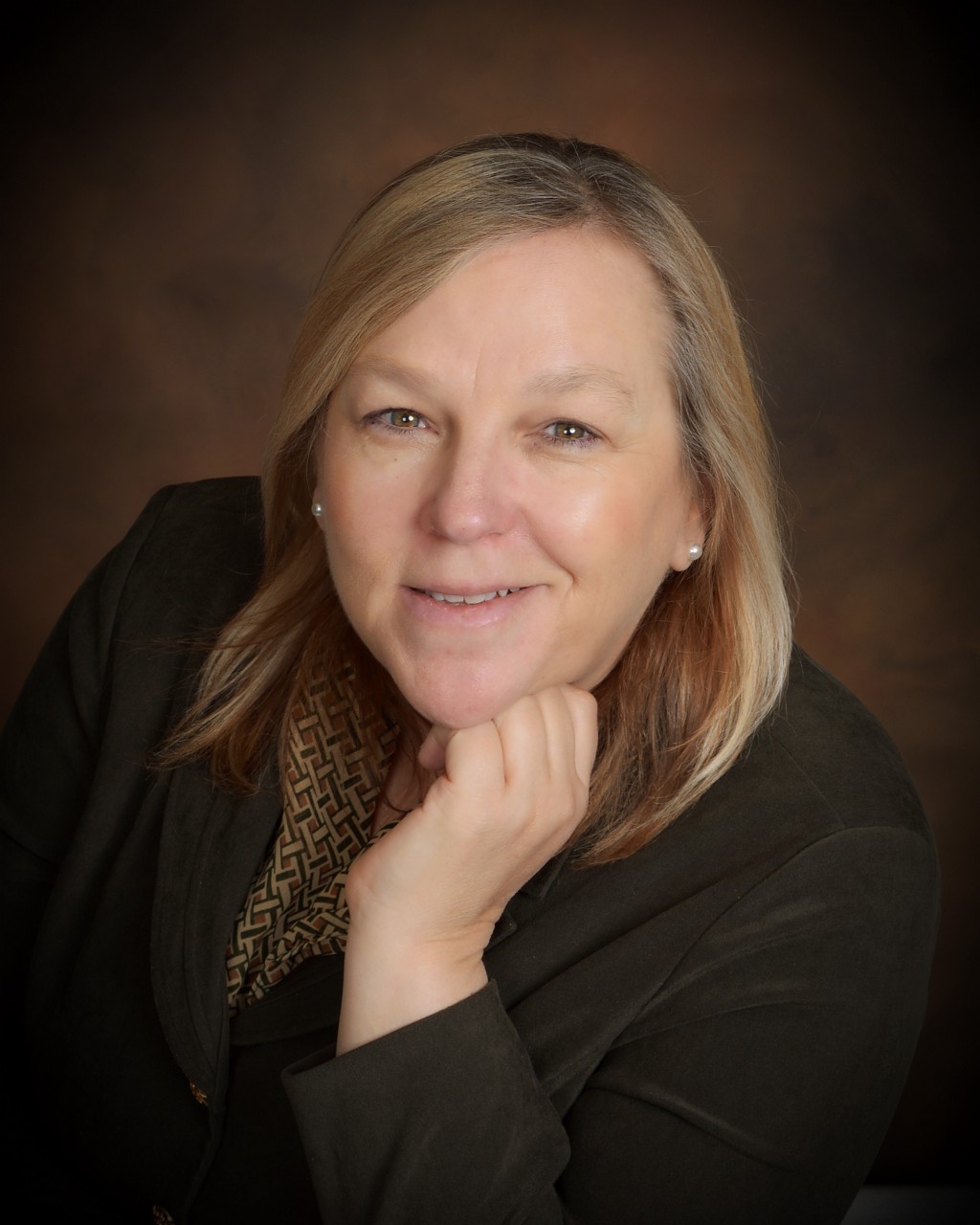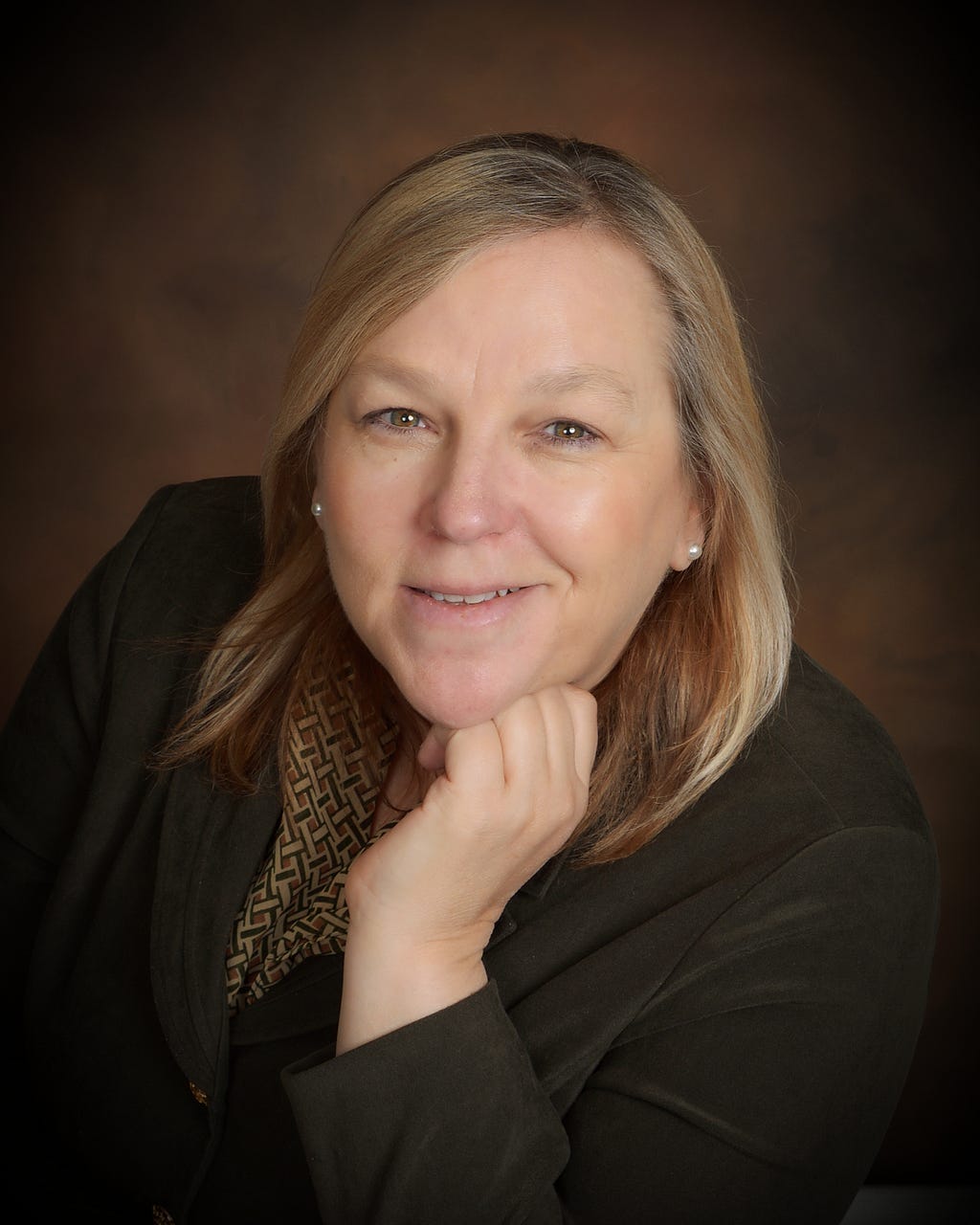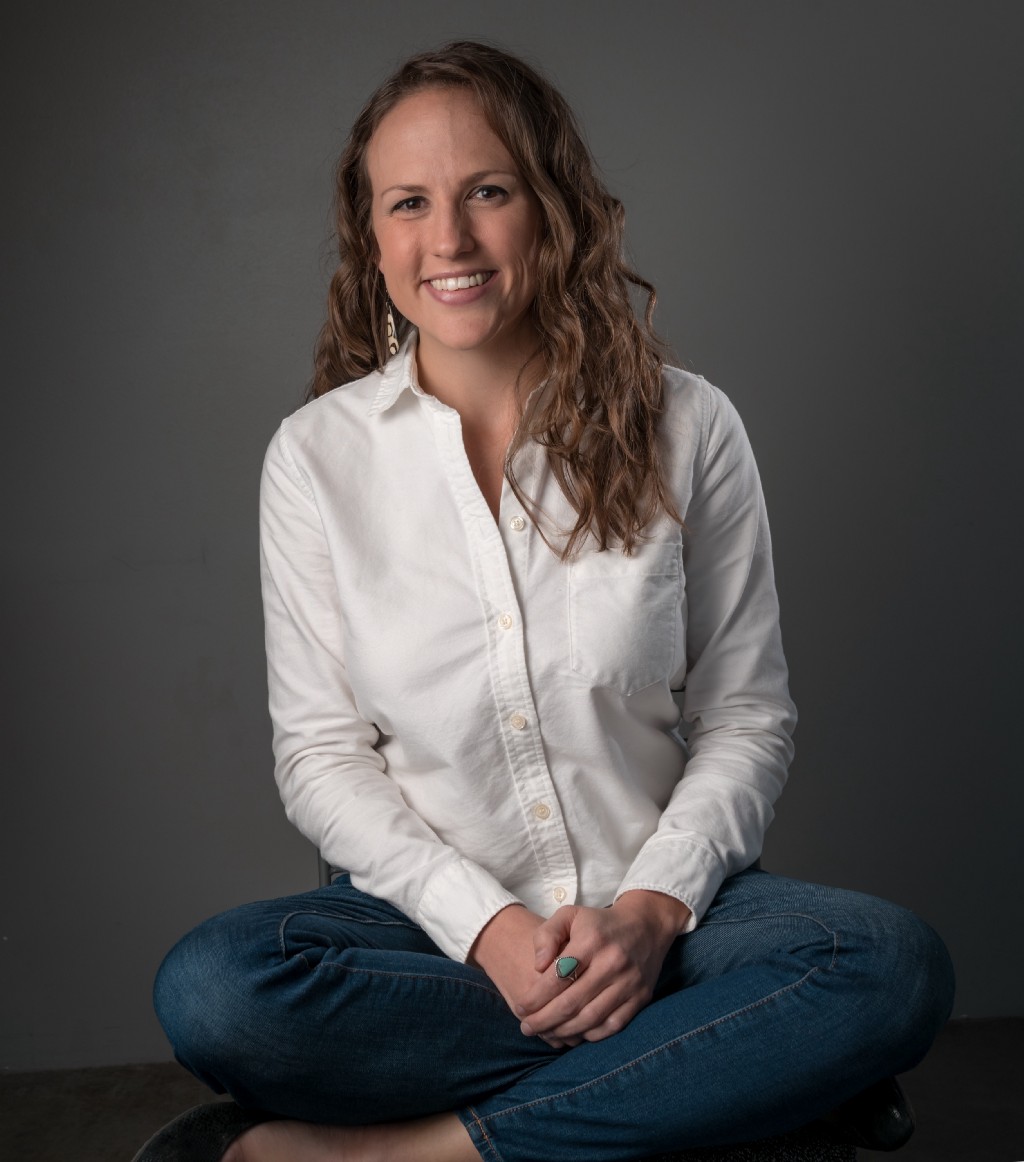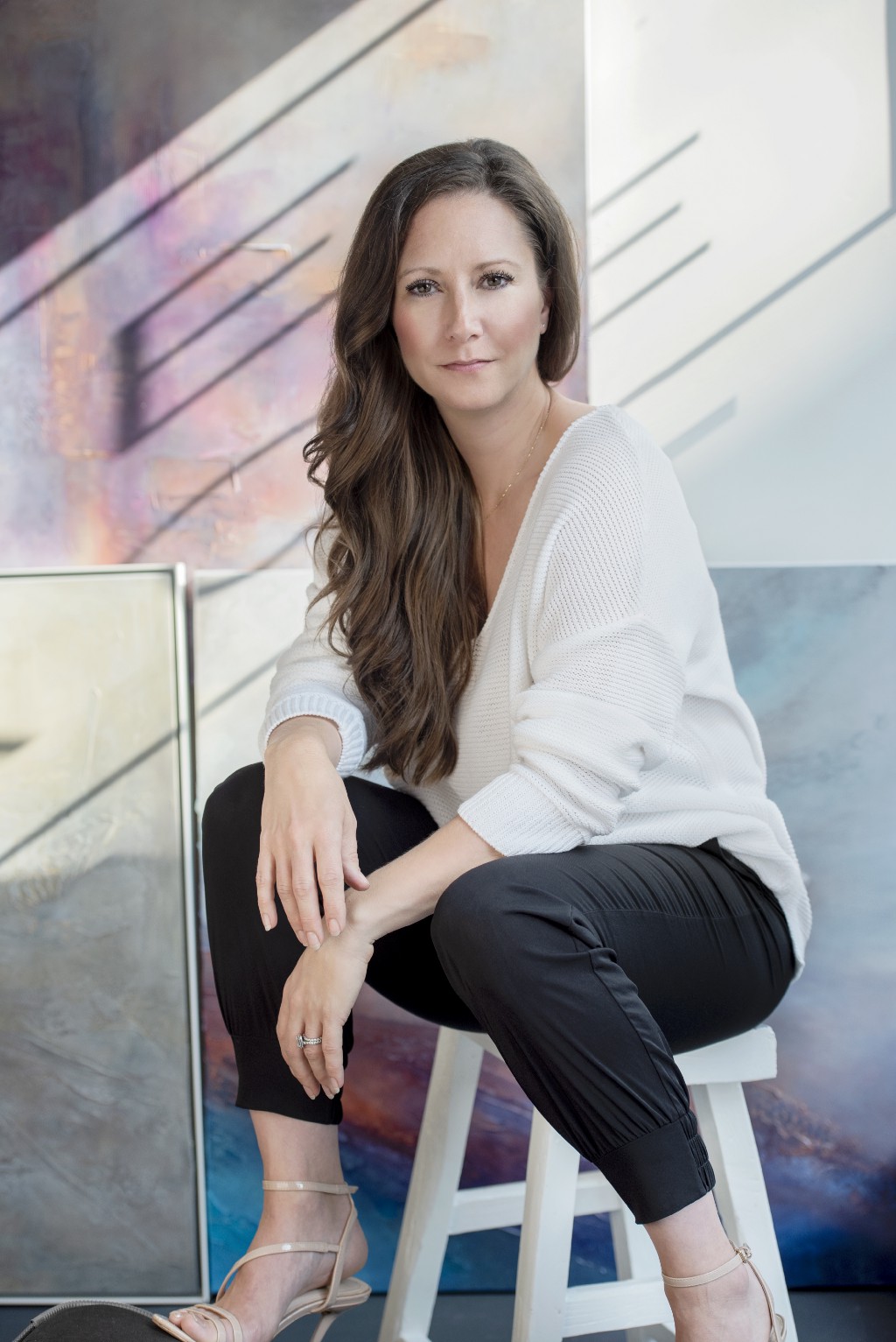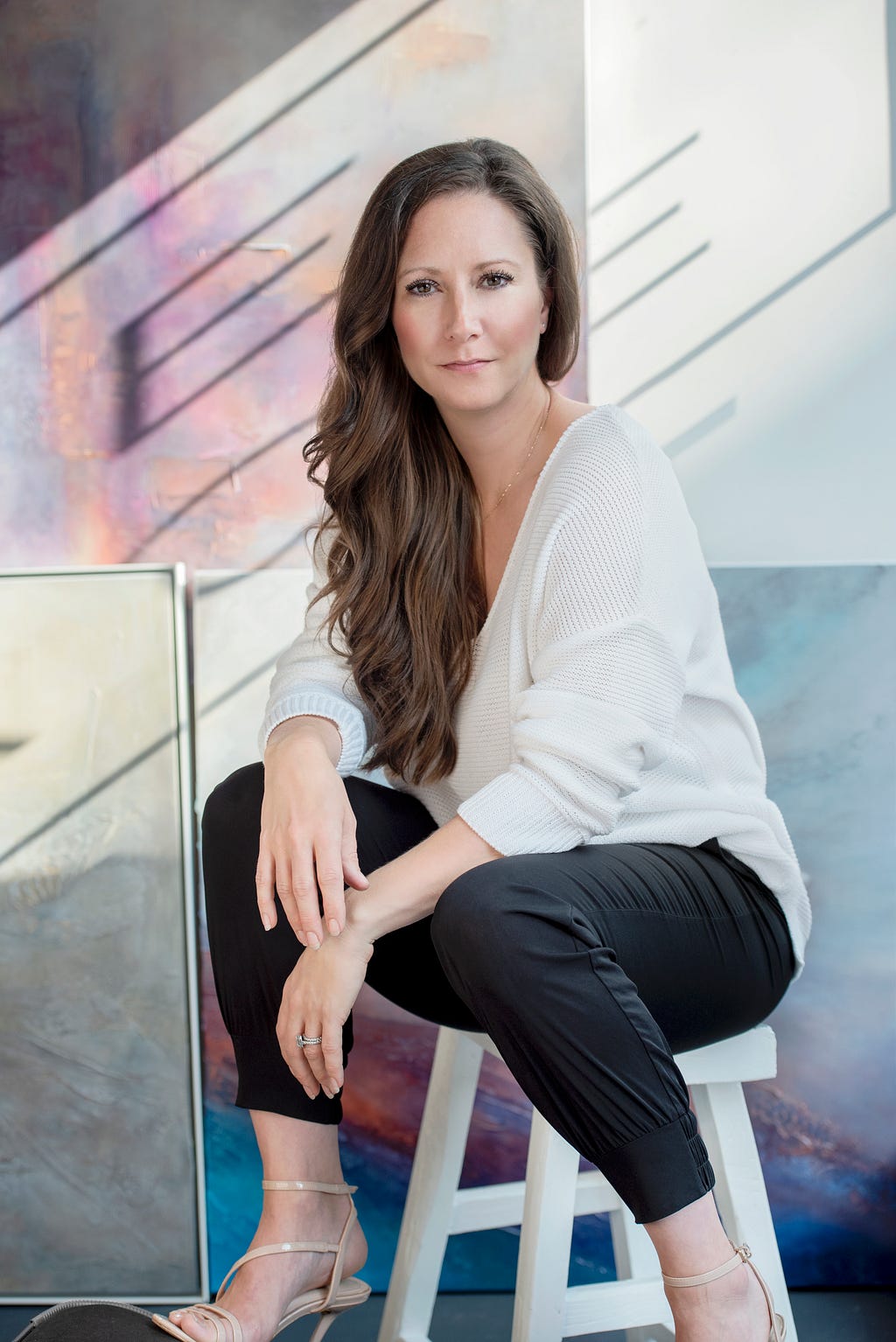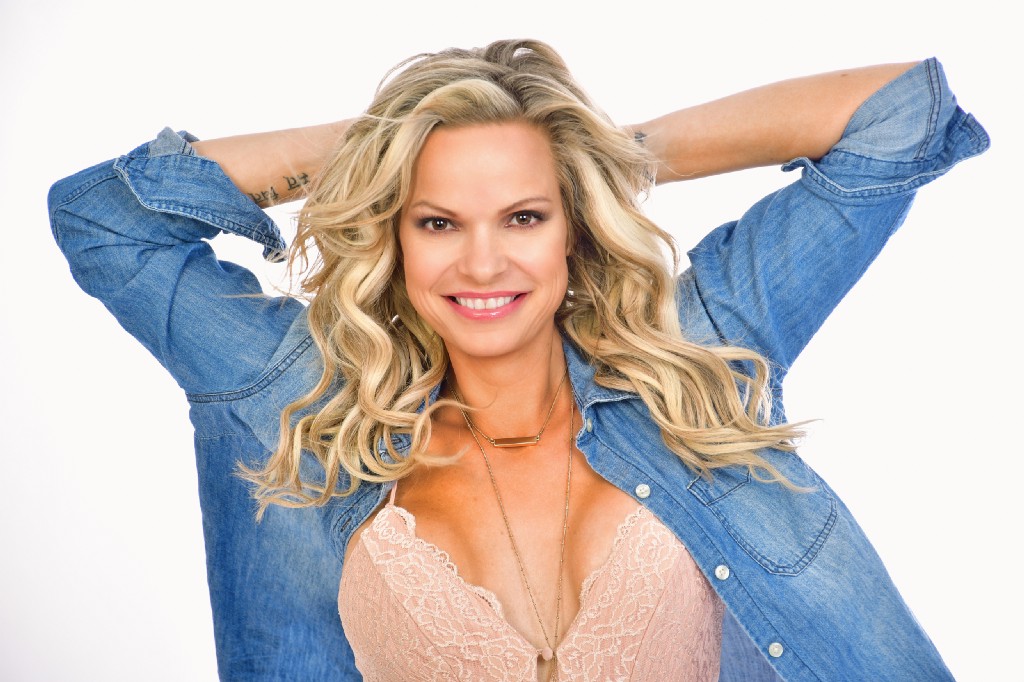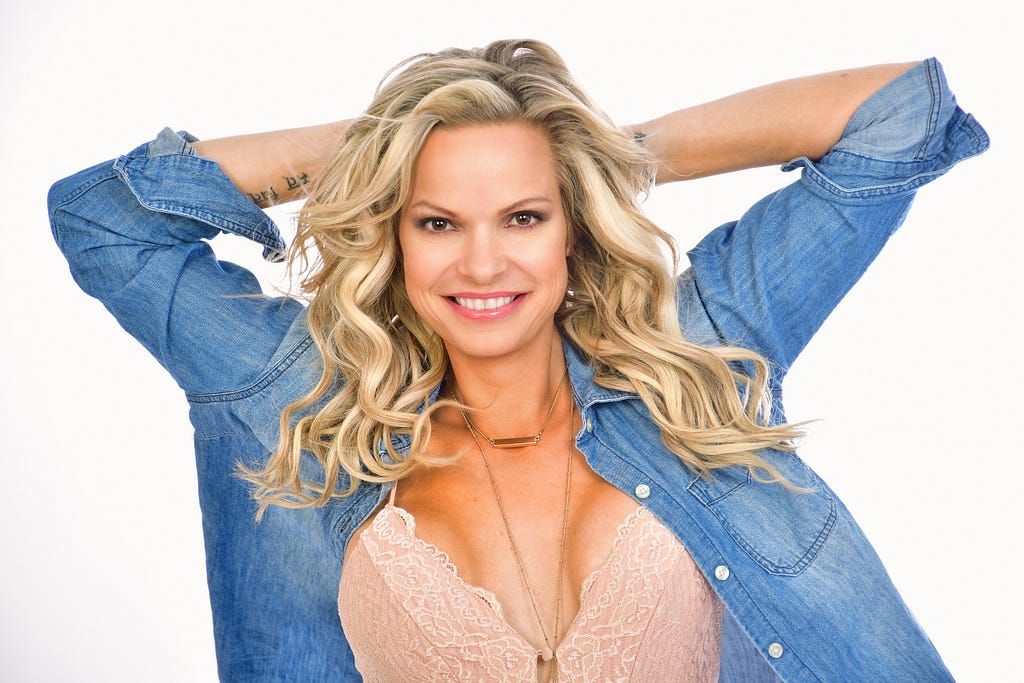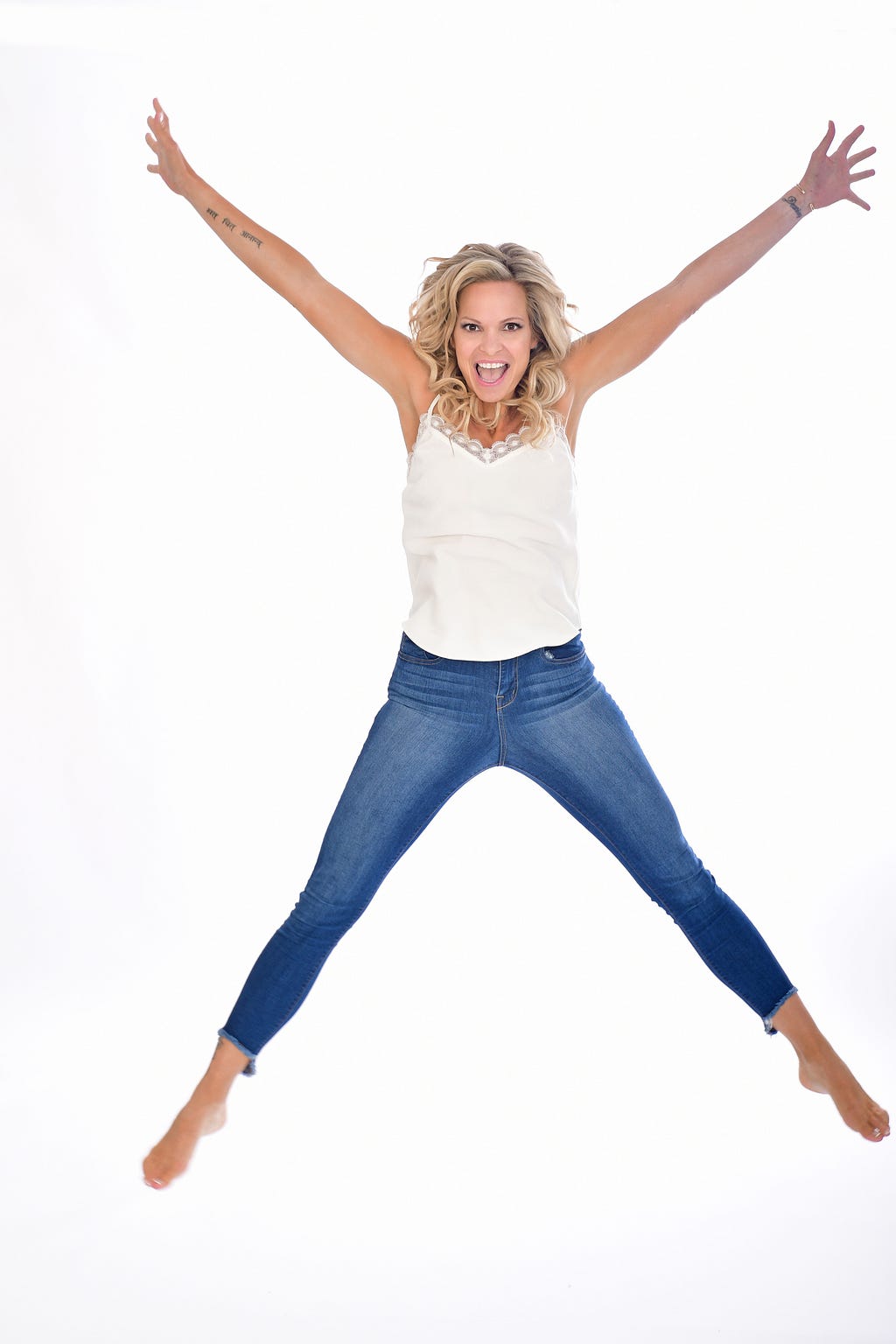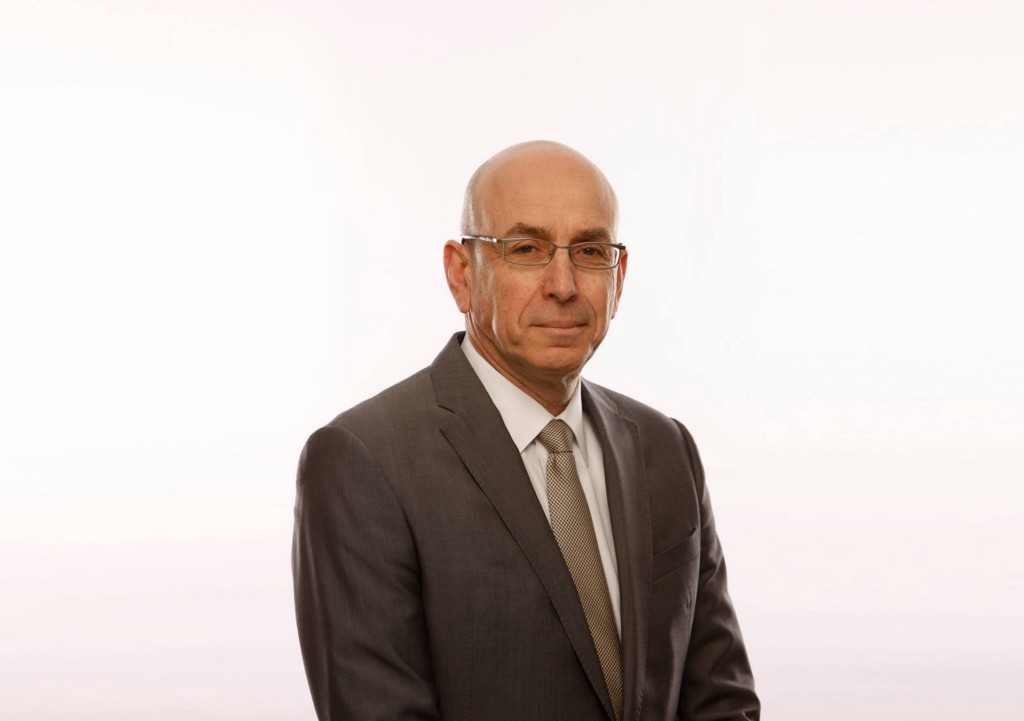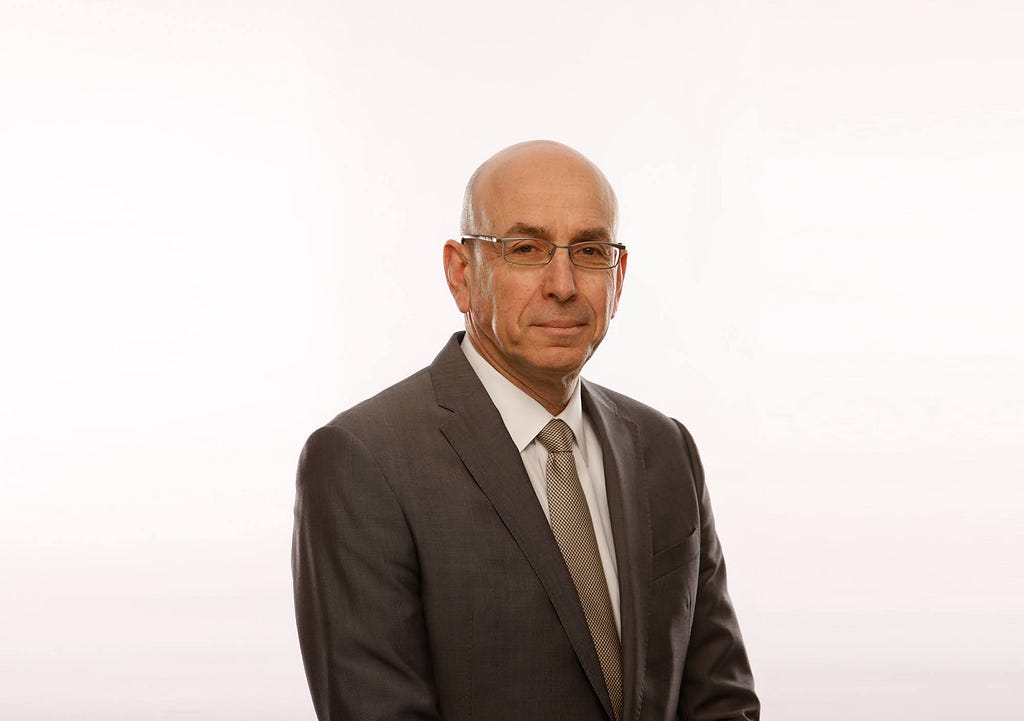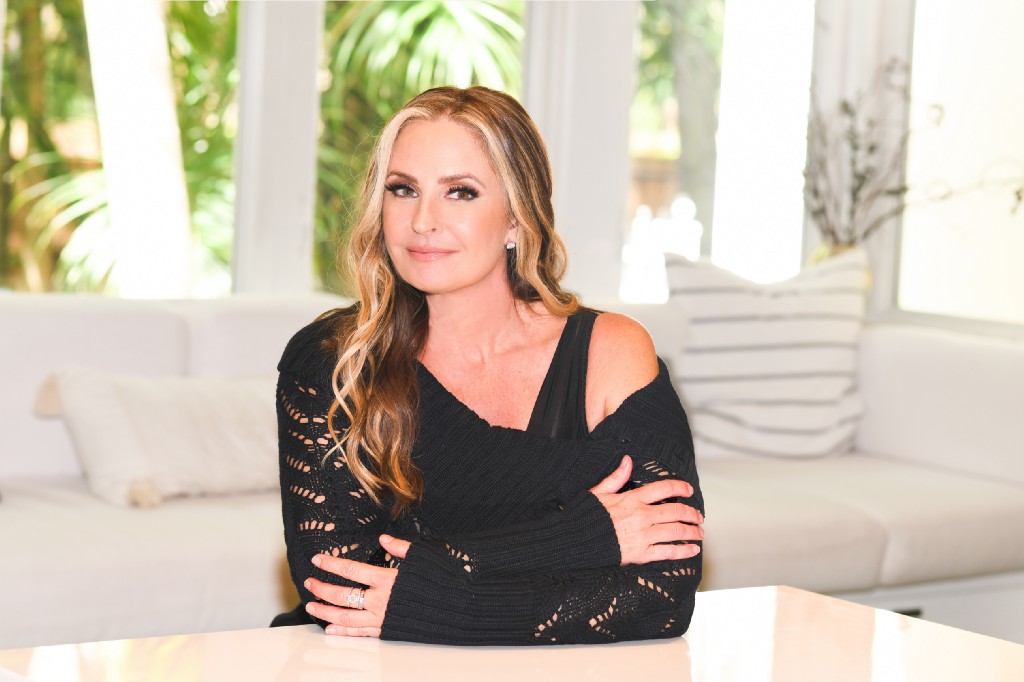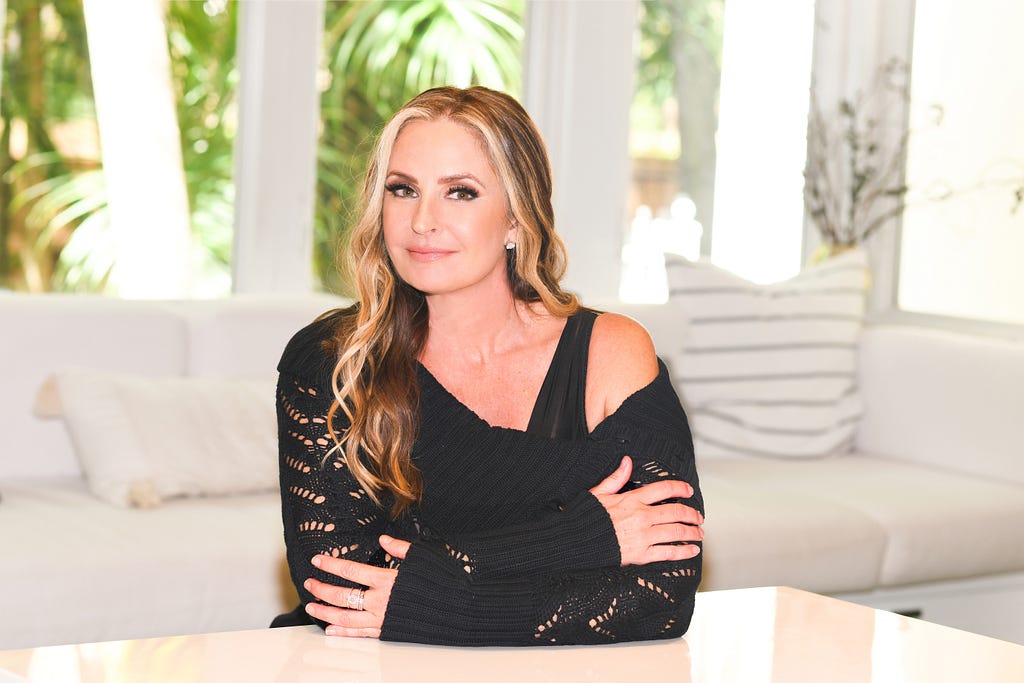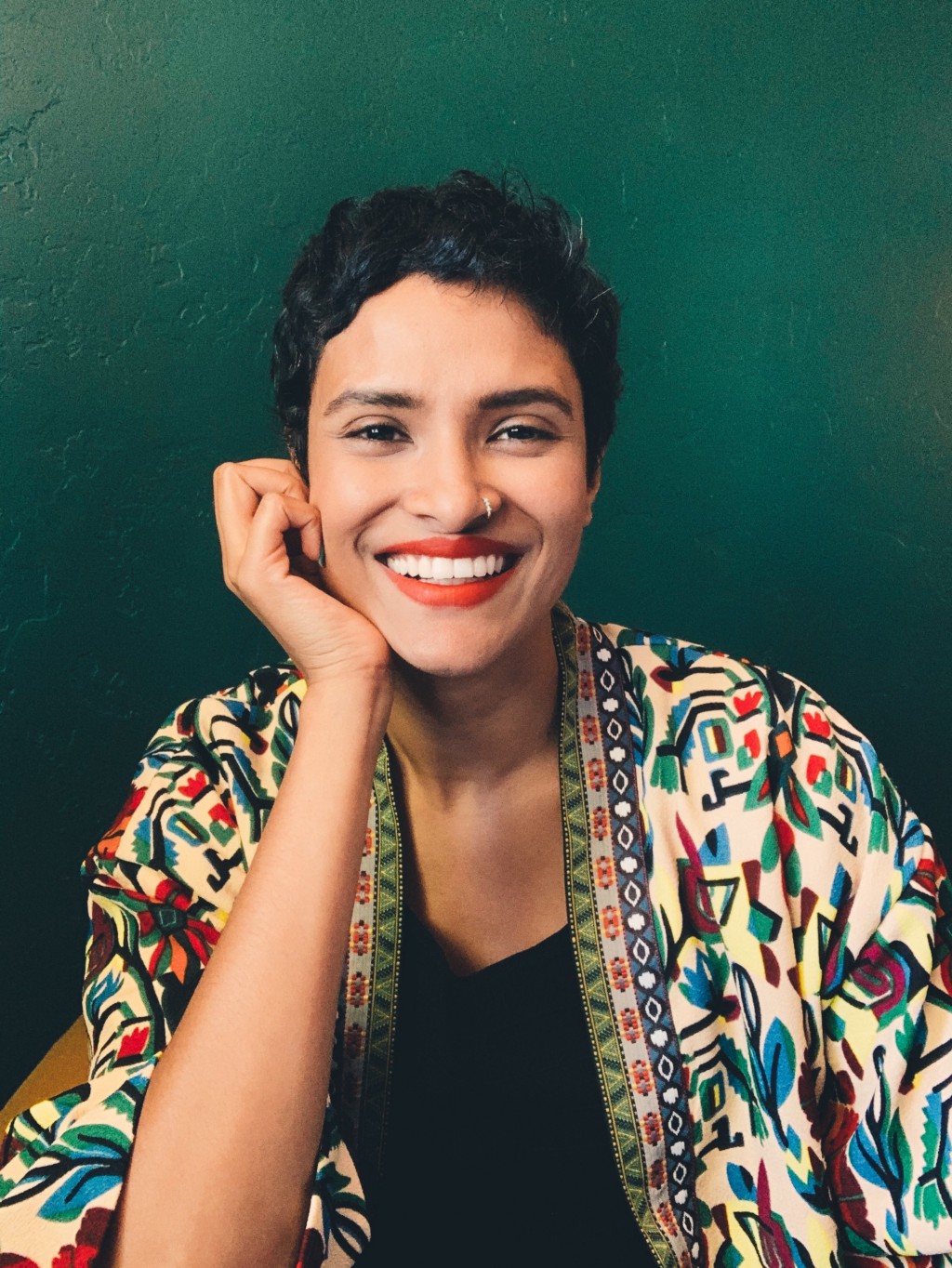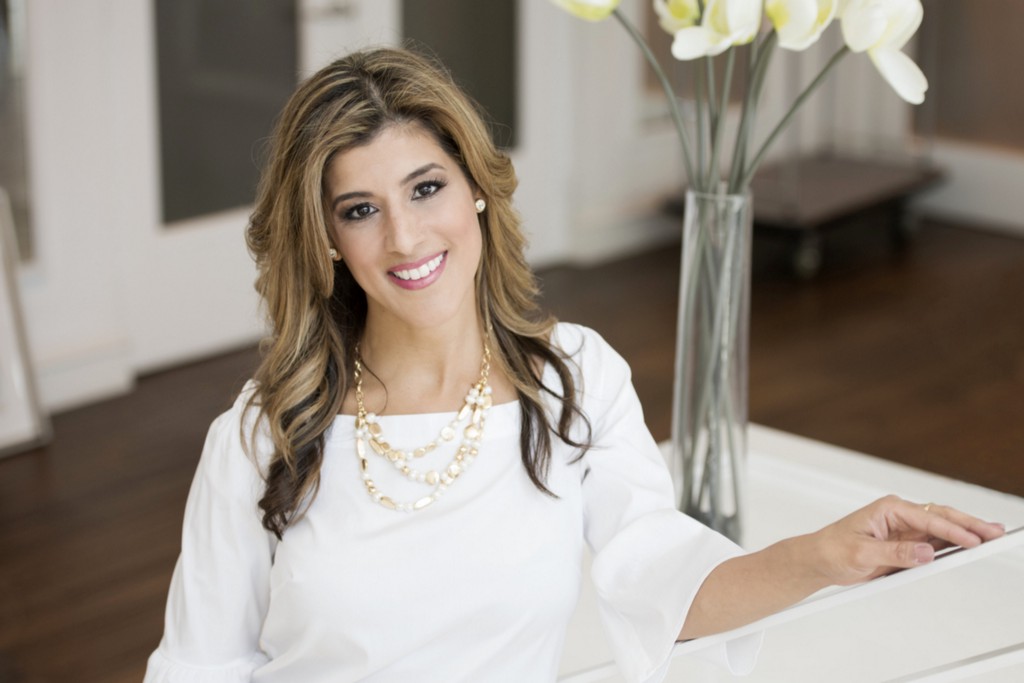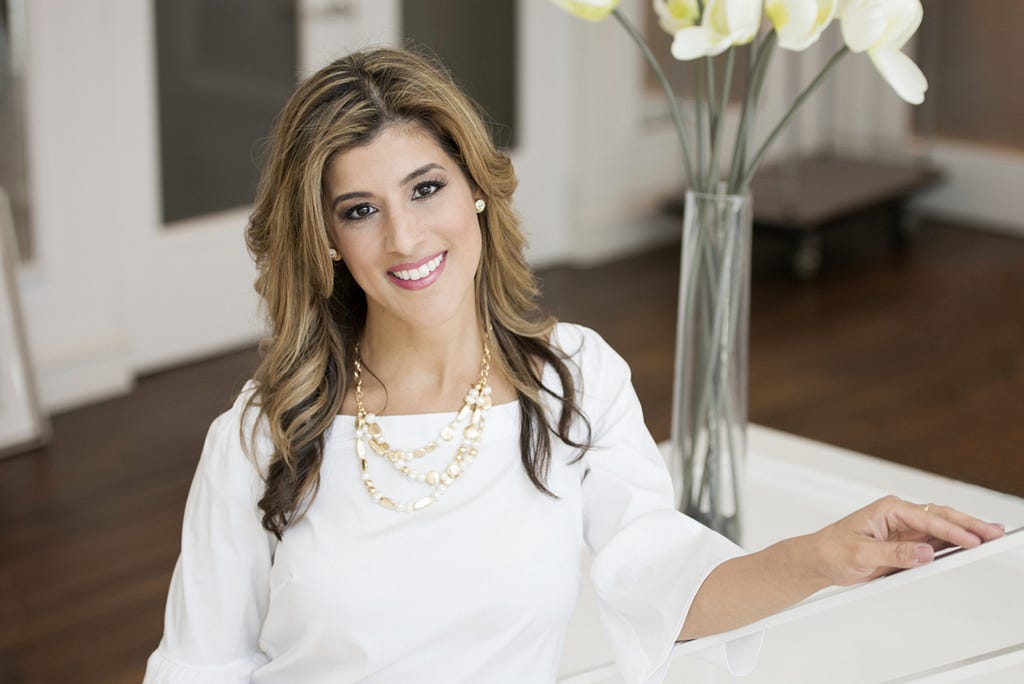Peter Cranis of Florida’s Space Coast Office of Tourism: The Future Of Travel In The Post COVID World
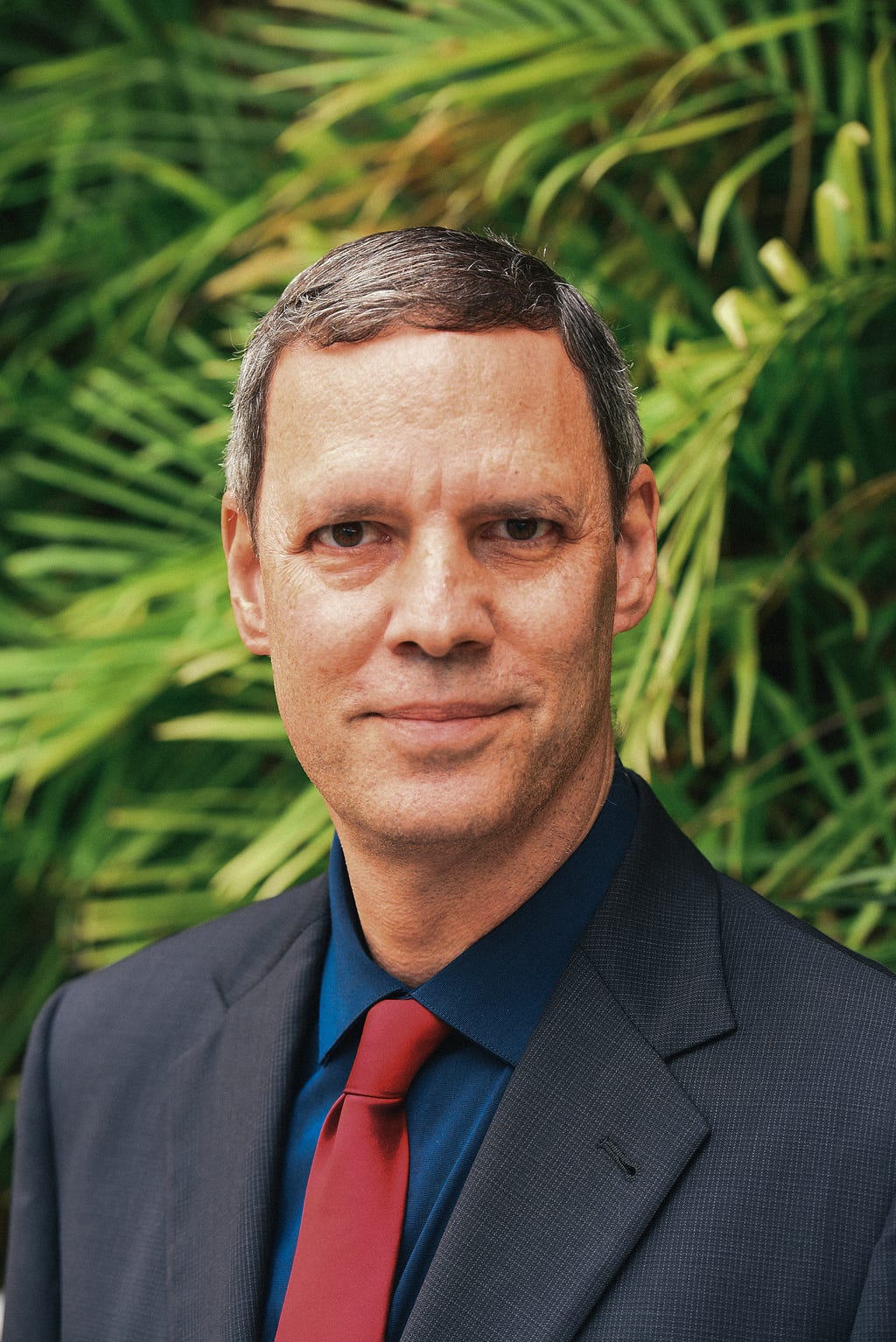
First of all, cleaning protocols will be the norm. For the foreseeable future, this will not only involve changes to properties and staff, but also changes that guests will have to make in terms of wearing masks, social distancing, getting temperature checks, and even getting onsite COVID tests.
As part of my series about “developments in the travel industry over the next five years”, I had the pleasure of interviewing Peter Cranis.
Peter Cranis grew up in Melbourne, Florida and graduated with honors from Eau Gallie High School and Brevard Community College (A.A. in Journalism). He went on to the University of Central Florida and received a B.A. with honors and an M.A. in Communications. He was an adjunct professor at UCF for 26 years, as well as being a Past Chairman of the Alumni Association, serving on the Board of Directors for 25 years.
His 30-year career began handling advertising and public relations for Church Street Station, a tourist attraction in downtown Orlando. He continued his career in PR and advertising, working with Spring Telecom, SunTrust Banks, and Kirchman Corp., a global software firm.
Deciding to follow his passion for tourism, Cranis joined the AAA National Office as Director of Marketing Communications. He then went on to become Vice President of Consumer Marketing at the Visit Orlando association for the next 16 years. In 2016, he took on the role of head of sales and marketing at the Orlando Eye (The Wheel at ICON Park), a 400-foot tall observation wheel in the heart of the Orlando tourist district.
Now, as executive director of the Space Coast Office of Tourism in Florida, the Brevard County native is doing his part to promote the Space Coast as an amazing place to live, work and play. His passion is marketing, tourism and the place he has always called home… Brevard County. He is married to his beautiful wife Melissa, a Louisiana-native and retired teacher in the Brevard County School System.
Thank you so much for joining us! Can you tell us a story about what brought you to this specific career path?
When I was first out of college, I worked for a tourist attraction in downtown Orlando called Church Street Station in PR and advertising. It must have gotten into my blood, because after a phone company, a bank, and a software company, I knew that tourism was my passion. I changed my career path and have been happy ever since!
Can you share the most interesting story that happened to you since you started your career?
I think the time that I felt what I did had the greatest impact on the community was after 9/11. I watched TV (with the rest of the world) in horror that day as events unfolded. I didn’t immediately understand the effect it was going to have on tourism because I was primarily focused on all the people who lost their lives that day. But as VP of Marketing for Visit Orlando, it was clear very quickly that things had changed. Businesses were closing and people were losing their jobs. The most important marketing campaign I have ever worked on was the one we developed in 2002 to try and bring business back to Orlando. We had to make sure the timing was right to begin marketing again while still putting out a message that resonated with people. Six months after 9/11, we came up with the tagline “Family Time, Family Place.” Everyone was stressed out and needed a break from the news; we knew that more than anything, people wanted to spend time with the ones they loved. Thanks to that campaign, we ended up being one of the first tourist cities to recover.
Can you share a story about the funniest mistake you made when you were first starting? Can you tell us what lesson you learned from that?
This actually happened a few years ago. It was right before Halloween and I was working for a tourist attraction called the Orlando Eye — a 400-foot observation wheel much like the London Eye. We wanted to decorate the property and do it in a way that would get publicity. I came up with the idea of putting a giant spider on the roof of the building right in front of the Eye. The Eye already looked a bit like a spider’s web so it would fit perfectly. I found a 50-foot inflatable spider and contracted the company to ship it to Orlando and come install it. What I didn’t realize was that they only sent a single person to install it, and he did not bring any kind of protective equipment to keep him from falling during the job. He assured me that he had installed these types of inflatables many times, and with the help of some of our maintenance crew, we hauled the spider onto the roof and he went about getting it tethered and inflated. Of course, our regional vice president was on property that day and had sent me a picture of the guy practically hanging off the roof without any protective gear — needless to say, he was not happy. We did get the spider installed, though, and it was a big hit! We had spiders all over the property and it looked great. Fortunately, no one was hurt in the process.
Which tips would you recommend to your colleagues in your industry to help them to thrive and not “burn out”? Can you share a story about that?
Tourism and tourism marketing are constantly changing and evolving. The way people consume media these days is very different than how they used to. To thrive in this industry, I recommend always staying up on the latest trends: constantly question the status quo and learn new things. You also have to be very flexible — don’t get so stuck in your ways so much that you forget the end goals you have. And realize there are lots of ways to do things — lots of ideas that can work — so be open to ideas from others and think creatively.
For example, even only a year ago, streaming services were still a relative newcomer and cable television was still the primary way people consumed their TV. Since COVID, while people still have cable, many more have added a number of other streaming services and smart devices to their household. Everyone is still watching TV, but the way in which they access it has shifted. We have to be in that mix or we will miss our audience. The good news in this case is that advertising this way is actually much more trackable than traditional cable.
None of us are able to achieve success without some help along the way. Is there a particular person who you are grateful towards who helped get you to where you are? Can you share a story?
Gary Sain was an icon in the travel and tourism industry. After Bill Peeper, the founding president of Visit Orlando, retired, the Board hired Gary to lead our organization. Gary was a marketing guy and a people person. He was amazing at working with everyone in the community — everyone loved him. Sadly, he was at an event one night and started experiencing severe chest pain. He walked into the lobby of the hotel where the event was being held and passed out. He never recovered. What I learned from Gary is that this job is all about relationships. If you don’t have strong relationships in your community, it is very difficult to accomplish anything. I also learned not to take anything for granted in this life. We are only given so much time, so we should make the most it.
Thank you for that. Let’s jump to the core of our discussion. Can you share with our readers about the innovations and new initiatives that Florida’s Space Coast Office of Tourism is bringing to the travel and hospitality industries?
It’s difficult to discuss innovations and new initiatives without acknowledging the severe impact COVID has had on us all. In March 2020, the Governor of Florida announced a stay-at-home order and closed all vacation rentals down. Following that, the Brevard County Commission (Space Coast) issued that hotels could not accept tourists — only essential personnel. The impact was a reduction in tourist development taxes by 50% in March and 75% in April. It wasn’t until those orders were lifted as we went into the latter part of May that we began to see some business come back, but we have still been down in the 30–35% range. This has had a significant negative impact on our budget, which has dropped from about $16 million to $12 million. Of course, we have had to think differently about marketing as everyone has. Once we were able to start marketing again, we put together a summer campaign that promoted our greatest assets on the Space Coast including beaches, outdoor activities, our zoo, etc. We also made sure that in our messaging we included visuals to show potential visitors that we were proactively promoting safety while people came here with their families. Such efforts include staff wearing masks, extra cleaning protocols, and lots of hand sanitizer everywhere. With all that going on, we also began to look at how we tracked our marketing. We recently set a goal that every marketing dollar we spend should have a trackable component so we can measure Return on Investment (ROI).
Which “pain point” are you trying to address by introducing this innovation?
As mentioned, with our budget, including marketing, being severely impacted as a result of COVID, we have to find ways to make sure every dollar we spend is working for us effectively. To do this, we turned to a number of our media partners — and some new ones — to see how they could help us. We also partnered with a research firm to help us understand what our timing, messaging, and market focus should be.
How do you envision that this might disrupt the status quo?
The status quo had been that we would run an advertising campaign and simply hope that it reached the people we were targeting — and had a positive impact. That will no longer be acceptable as we move into a new era where visitation must be attributable to the marketing source.
As you know, COVID19 changed the world as we know it. Can you share 5 examples of how travel and hospitality companies will be adjusting over the next five years to the new ways that consumers will prefer to travel?
First of all, cleaning protocols will be the norm. For the foreseeable future, this will not only involve changes to properties and staff, but also changes that guests will have to make in terms of wearing masks, social distancing, getting temperature checks, and even getting onsite COVID tests.
Second, marketing messaging will change. We are living in a new time and it calls for messaging that doesn’t ignore the current state, but rather addresses peoples’ needs in this new time.
Third, businesses will have to change the way they do business. They will need to find ways to be more profitable and cut expenses significantly. Only the strong will survive in this new environment. One example is restaurants that adapted quickly to delivery and carry-out options; these locations have had a better survival rate and now that they are able to serve people in person again, many have maintained this added source of revenue.
Fourth, destinations will have to continue to be leaders in their community by communicating clearly to their constituents and keeping businesses up to speed on what may be changing with regards to COVID and safety considerations.
Finally, the future is bright and we will all get through this together. The travel and hospitality world needs to be optimistic and look for opportunities in the future. We are a very resilient industry that has survived many hardships. It may take time, but we will thrive again.
As a leader in the travel industry, what new trends are you noticing on Florida’s Space Coast in this ever-changing COVID19 world?
Destination marketing and marketing in general is becoming much more of a science. Those that are able to embrace the digital world and figure out how to make new business models work will be most successful. But it’s important to remember that we are in a people business, too — we can’t forget our staff, our clients, our peers, our partners. We need to track everything and gain access to all the information at our fingertips, but we still need to remember that people are what make the world go ‘round.
You are a “travel insider”. How would you describe your “perfect vacation experience”?
This is by far the hardest question for me. Ironically, I tend to work all the time and have very little time to take vacations! But, that being said, I live in one of the best places for a vacation in the world. I can walk across the street from where I live and go to the beach (we have 72 miles of beach on the Space Coast), I can access the rivers and kayak or boat. I can hike and bike on the many trails we have, I can play tennis 365 days a year (except for during rainouts, which are rare), I can literally step onto the balcony of our condo and watch a rocket go up (which is happening almost weekly these days). So, while I may not take that long overseas vacation, I am an expert at the quick getaways and staycations that have become so popular.
Can you share with our readers how have you used your success to bring goodness to the world?
I’ve always said that whatever you do, if you find something you can be passionate about, you will be happy. My passion is leading our organization so that it benefits the community. I worked in Orlando for many years and often felt I was in a “big pond,” and I hoped that what I did made a difference. Now working in a smaller community, I know that everything our organization does to generate business will benefit the companies and people who reside here. To me, that’s bringing goodness to the world — making a place better for everyone, starting in your own backyard.
You are a person of great influence. If you could start a movement that would bring the most amount of good to the most amount of people, what would that be? You never know what your idea can trigger. 🙂
This is actually an idea that was started a few years ago in the travel industry, but has yet to catch on. It’s one that is more prevalent internationally than here in the U.S. — the idea that people should take all of their vacation time! And yes, I include myself in this. Studies have shown that Americans leave millions of days of vacation time on the table. What would happen if they took advantage of them? People would be happier and less stressed. They would spend more time with family and loved ones, which makes for a better society. By taking these unused days, they would be stimulating the economy, and that would in turn grow businesses and create jobs. Businesses then pay taxes which gets injected into the local community. So just by people taking what is already given to them in the form of vacation time, we could see a lot of transformational good locally, nationally, and globally.
How can our readers follow you on social media?
I let our social media person do the work for me, so I always direct people to our website, www.visitspacecoast.com, as well as our Facebook (facebook.com/visitspacecoast) and Instagram (@visitspacecoast). I also do a show about tourism and write many articles for Space Coast Daily: just go to spacecoastdaily.com and search for “Tourism Talk.”
This was very inspiring. Thank you so much for joining us!
Peter Cranis of Florida’s Space Coast Office of Tourism: The Future Of Travel In The Post COVID… was originally published in Authority Magazine on Medium, where people are continuing the conversation by highlighting and responding to this story.


